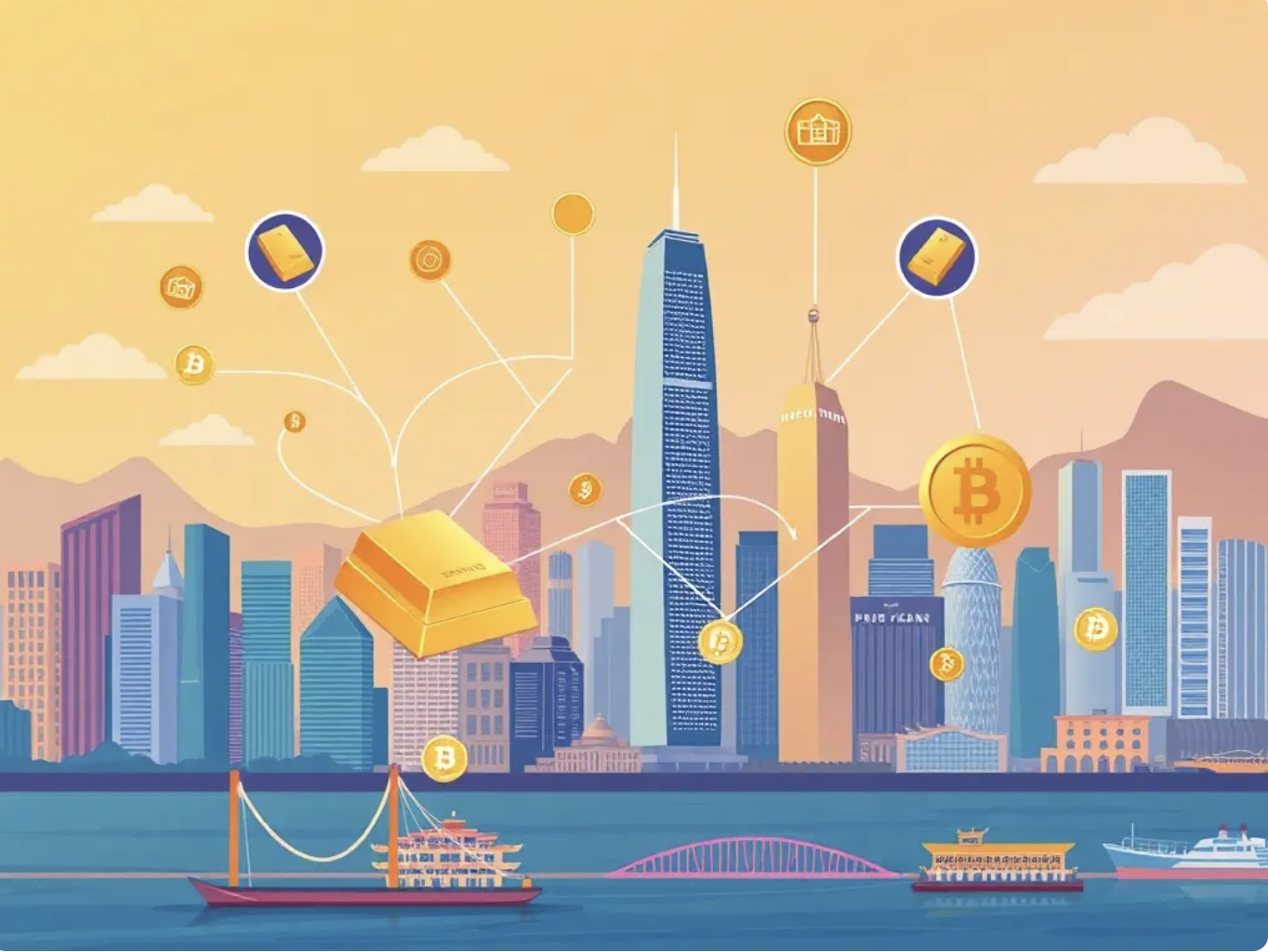
Image: PANews
On August 7, 2025, Hong Kong launched the world's first registry platform for the tokenization of real-world assets (RWA). This strategic move is a cornerstone of the city’s proactive effort to establish clear tokenization standards and foster the sustainable growth of its virtual asset industry. The platform’s debut, however, is more than just a local innovation; it serves as a powerful indicator of the current state of the RWA sector, its future direction, and the broader trends shaping the Web3 ecosystem.
The real-world asset tokenization sector has long been a space of immense promise but limited scalability. While a widespread narrative suggests that tokenization can be applied across all asset classes, the reality has been far more complex. The industry is currently fragmented, with a lack of standardized frameworks, regulatory clarity, and transparent processes for converting tangible assets into tokens. This fragmented landscape has created significant challenges for enhancing liquidity and attracting institutional capital. The launch of Hong Kong’s platform is a direct response to this status quo, aiming to create a standardized framework for encoding, categorizing, and evaluating assets. It acknowledges that for RWA to reach its full potential, a foundational layer of institutional infrastructure is necessary to bridge the gap between physical assets and the digital world.
The platform in Hong Kong also provides a clear roadmap for the future direction of the RWA sector. Instead of a purely decentralized, "move fast and break things" approach, the future of RWA is being shaped by a powerful collaboration between government, academia, and industry. The accompanying research report, produced by a coalition including the Hong Kong Web3.0 Standardization Association and the Hong Kong Polytechnic University, underscores the need for specific prerequisites for scaling tokenization—a nuanced view that challenges the simplistic "tokenization for all" narrative. This strategic direction, with its emphasis on regulatory clarity and institutional support, is what is attracting interest from global financial giants such as Citigroup and Standard Chartered. By exploring the tokenization of assets like precious metals and renewable energy, as announced by Christopher Hui Ching-yu, Hong Kong is demonstrating a future where RWA tokenization is not just a technological gimmick but a pragmatic tool for financial innovation and sustainable development.
This RWA development is also emblematic of a major trend in the Web3 ecosystem's maturation. Early Web3 was largely focused on native digital assets like cryptocurrencies and NFTs. The rise of RWA marks a crucial evolution where the technology is being applied to real-world, tangible value. This is a fundamental step towards Web3's integration into the mainstream economy, moving it beyond a niche space for digital assets to a foundational layer for global finance. The launch of this platform and the accompanying regulatory framework signals a shift from speculative digital economies to one grounded in the utility and value of real-world assets. This convergence of traditional finance (TradFi) and Web3 is the key to unlocking the sector's projected growth from its current state to a potential $600 billion by 2030.
In conclusion, the Hong Kong RWA platform is more than just a registry; it is a blueprint for the RWA sector's future. Its launch showcases a path forward that prioritizes regulation, standardization, and pragmatic application—all crucial for Web3's ultimate success in the global economy. By building a reliable and transparent bridge between the physical and digital worlds, Hong Kong is positioning itself as a pioneer, proving that the future of Web3 is inextricably linked to the tangible world it seeks to make more efficient and transparent. This move will likely accelerate the Web3 ecosystem's journey from a niche technology to a foundational layer of global finance.











